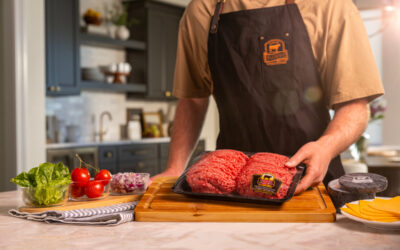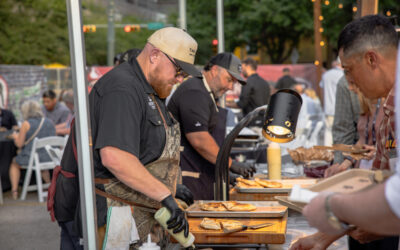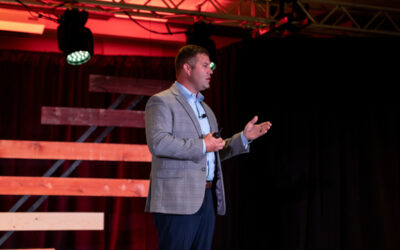
It takes two, part I
I smile, nod my head in agreement and try to stay out of the way.
We’re on the line in the kitchen of Josh Moore’s Volare Italian Ristorante in Louisville, and while I’m focused on getting a good shot of the two, ideally I’d leave without someone’s meal on my boots. Beef’s expensive and Stetsons are, too.
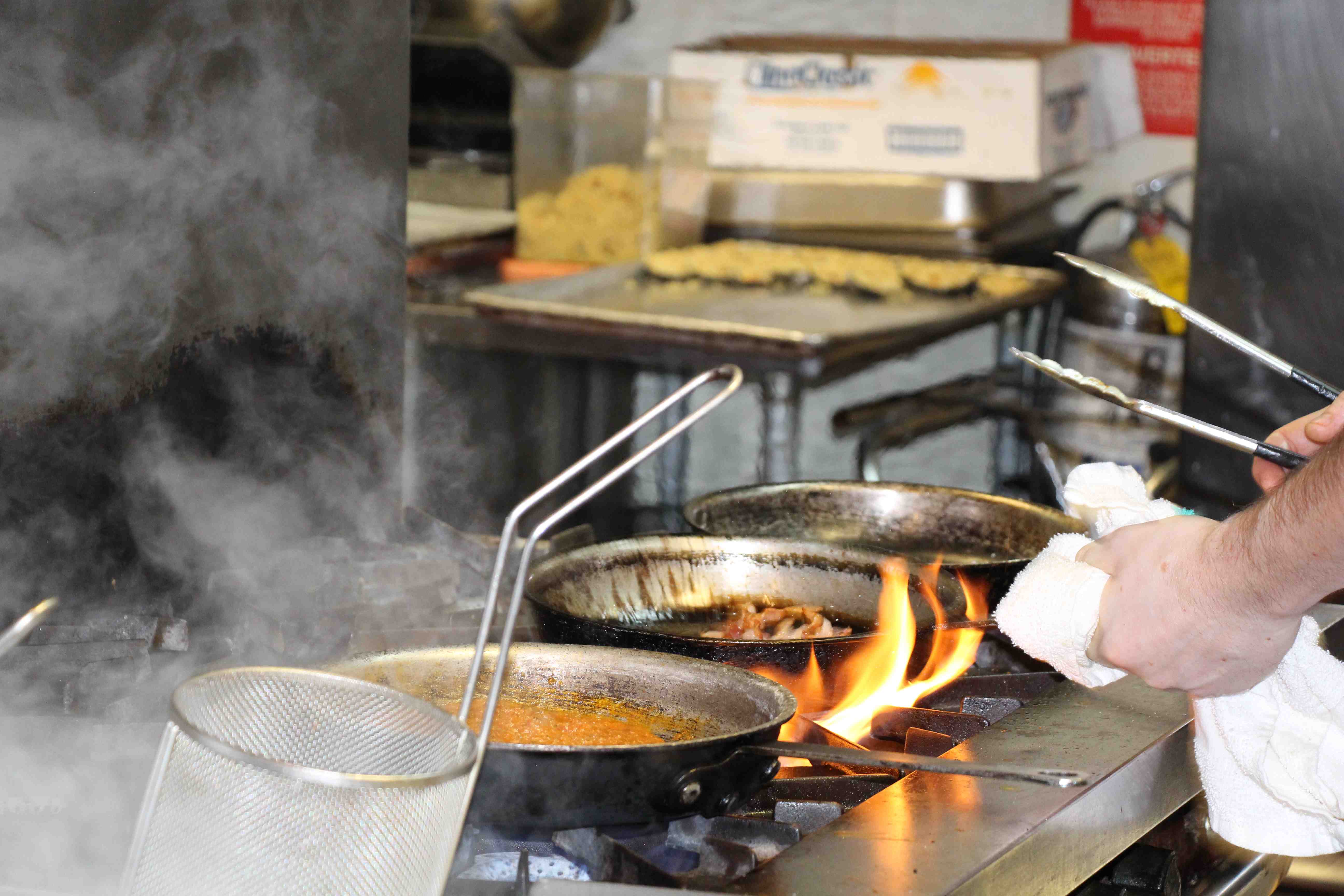
All joking aside, it can get pretty hectic back there. My smile’s big when the Kentucky rancher shares his analogy because I’ve thought it before, rather in the sense of an orchestra or the ballet.
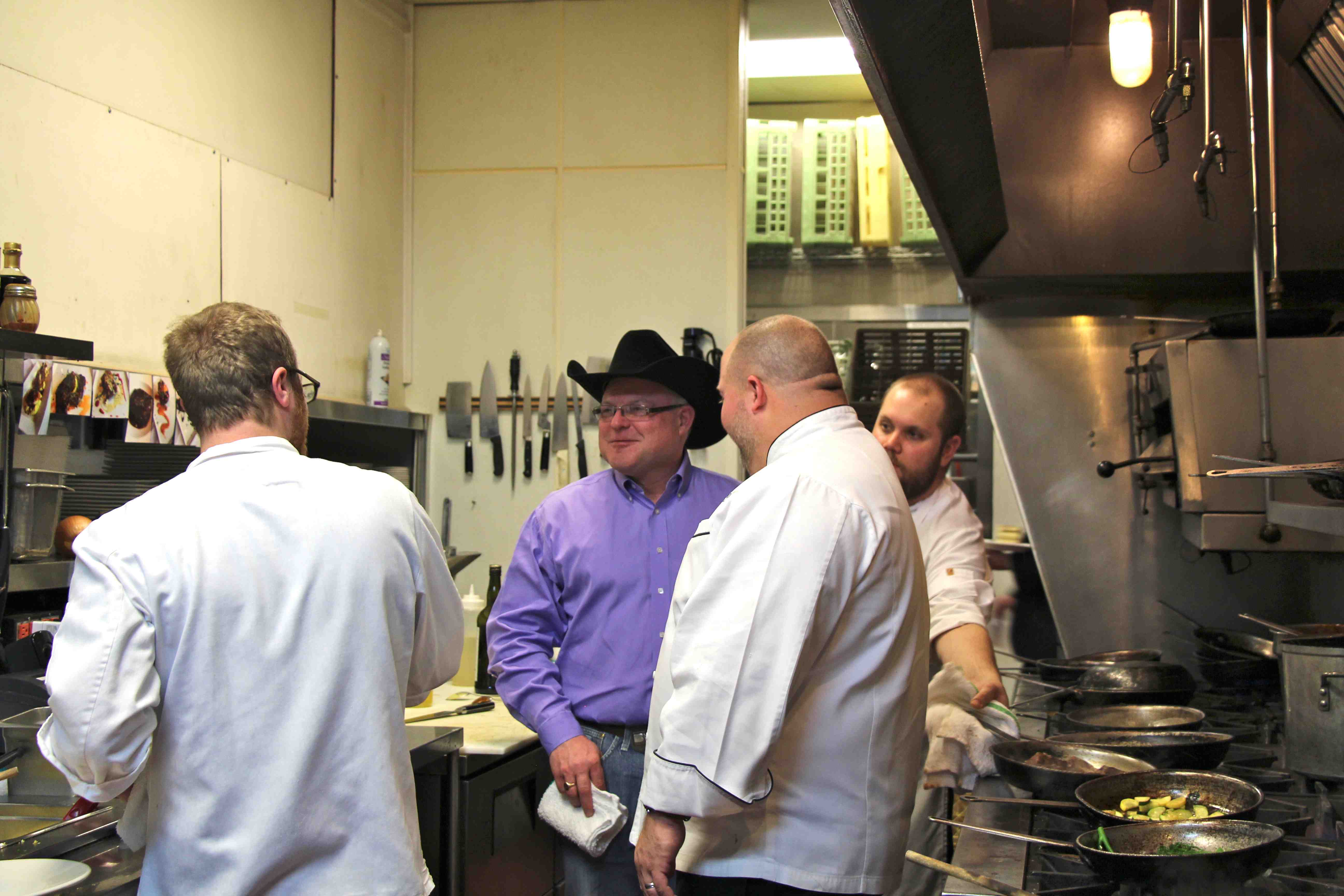
There’s so many players, each with their own crucial part, swaying back and forth, reaching high and stretching across the tiniest of spaces to get your dish just right.
They don’t have to talk. The laughter from the front of the house and the sizzling of the grills carry enough volume.
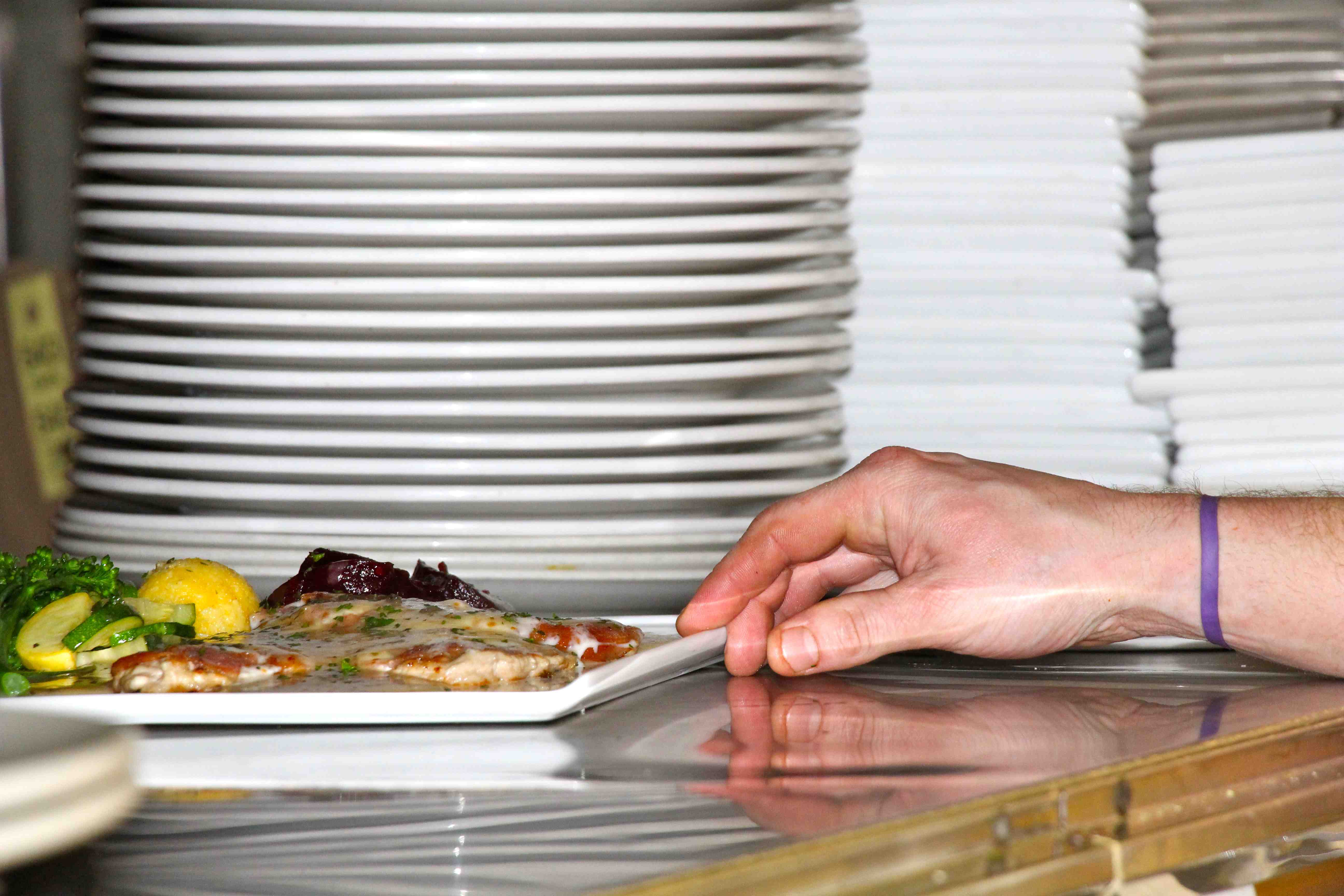
For these culinary athletes, every evening’s a performance and a practice just the same. They’re professionals who make what we do on this side of the fence worth it for those at the table.
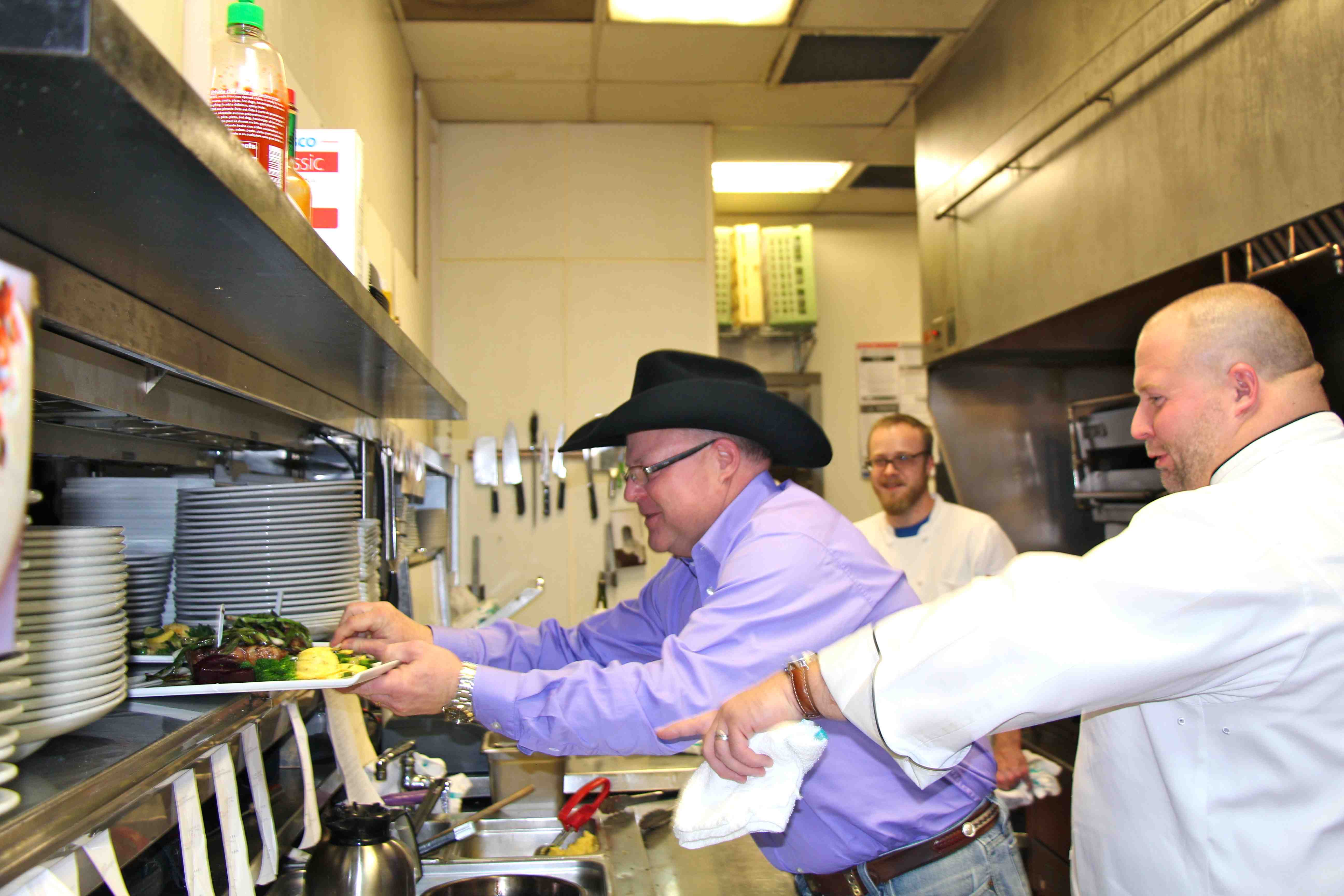
“If I had my ball cap on, I’d turn around, roll up my sleeves and get to work,” Charlie says, a cowboy hat atop his head.
Under the kitchen’s evening lights he’d soon get his chance, but not before the chef’s at daybreak.
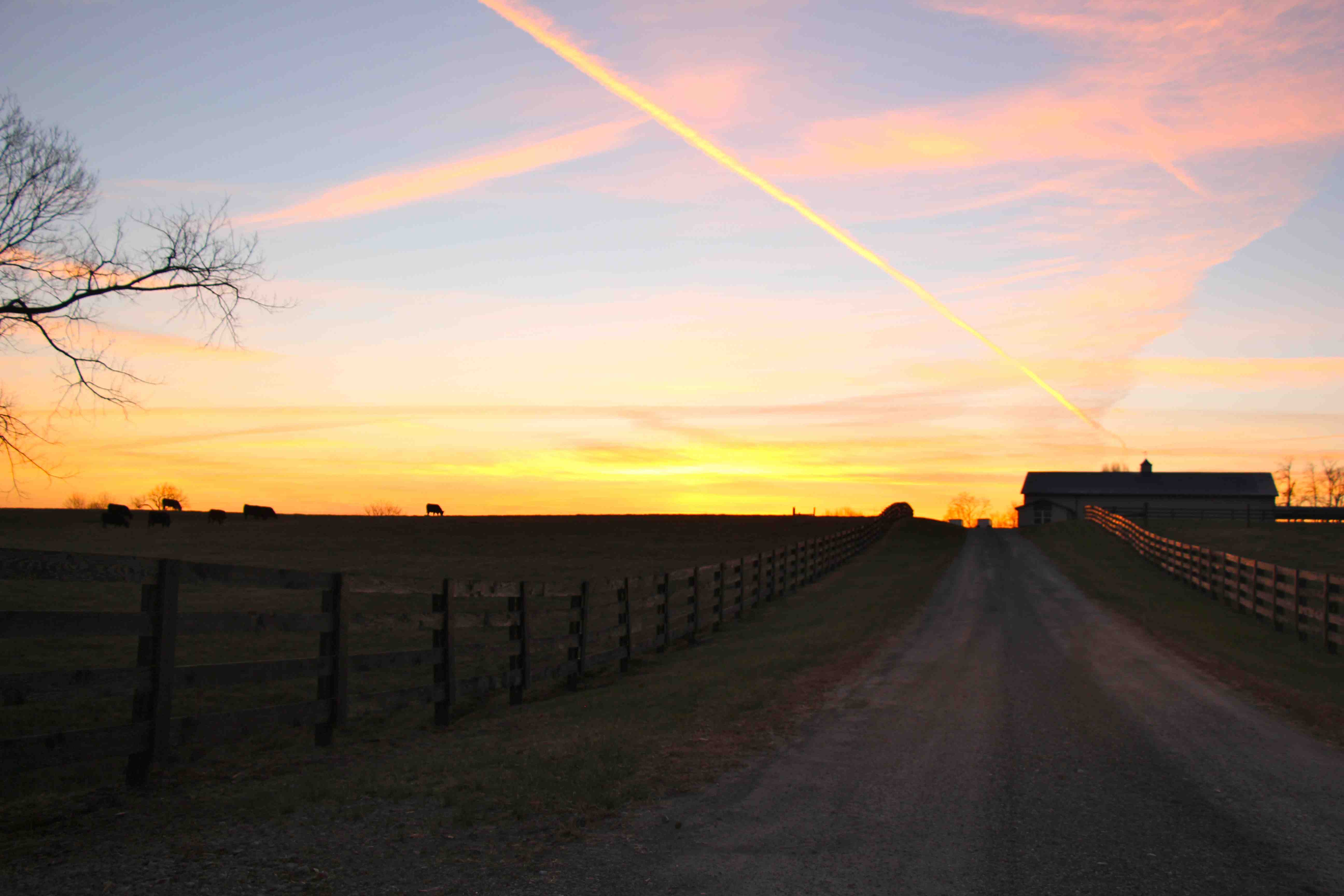
“When you were born, you got colostrum right off the bat, that’s what made you stout and healthy,” Charlie told Josh while discussing the importance of caring for newborn calves.
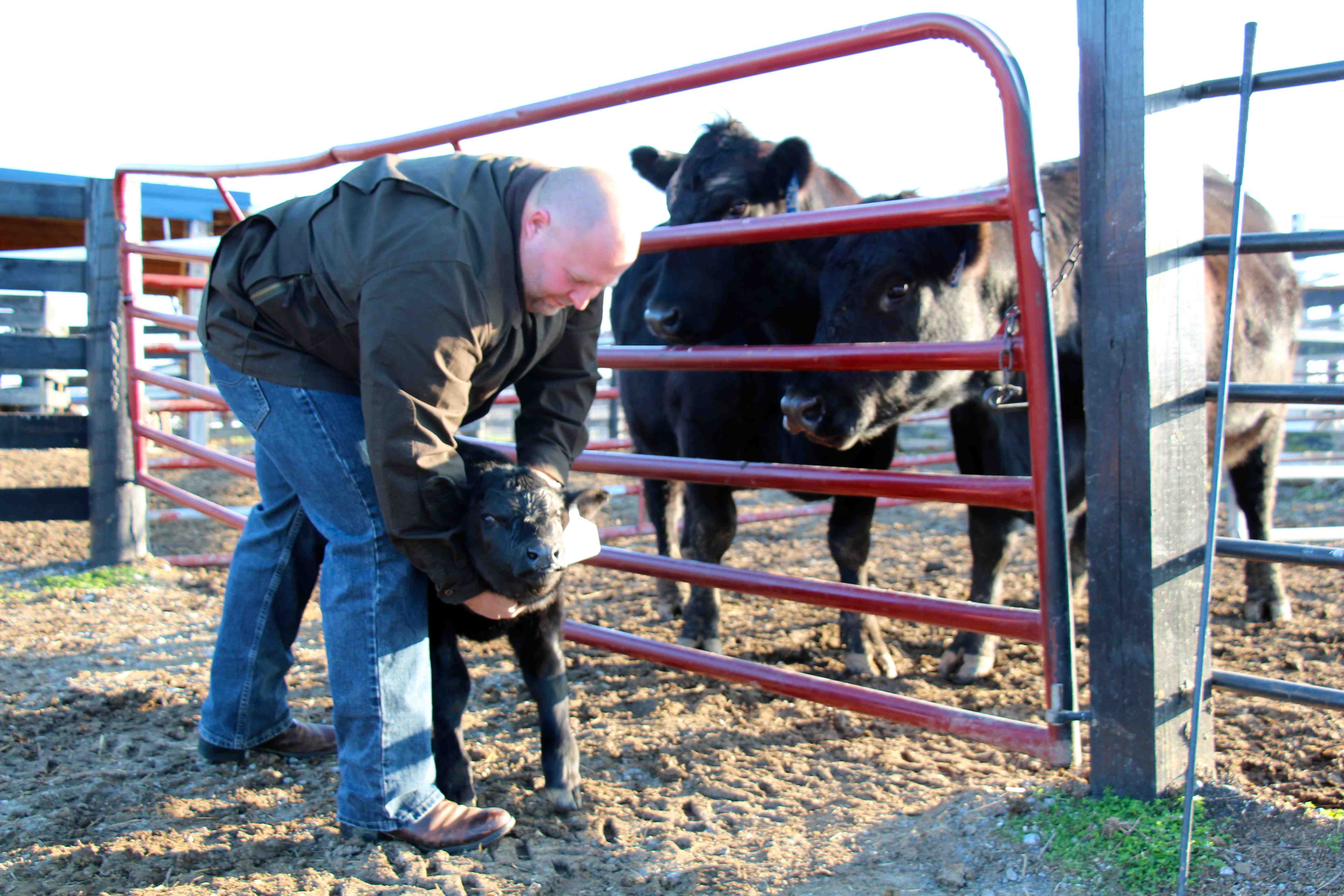
It had been an early rise for the duo that gathered at the Boyd’s Mays Lick, Ky., Angus farm at sunrise, but it was in that moment that I knew they’d get along.
They always do.
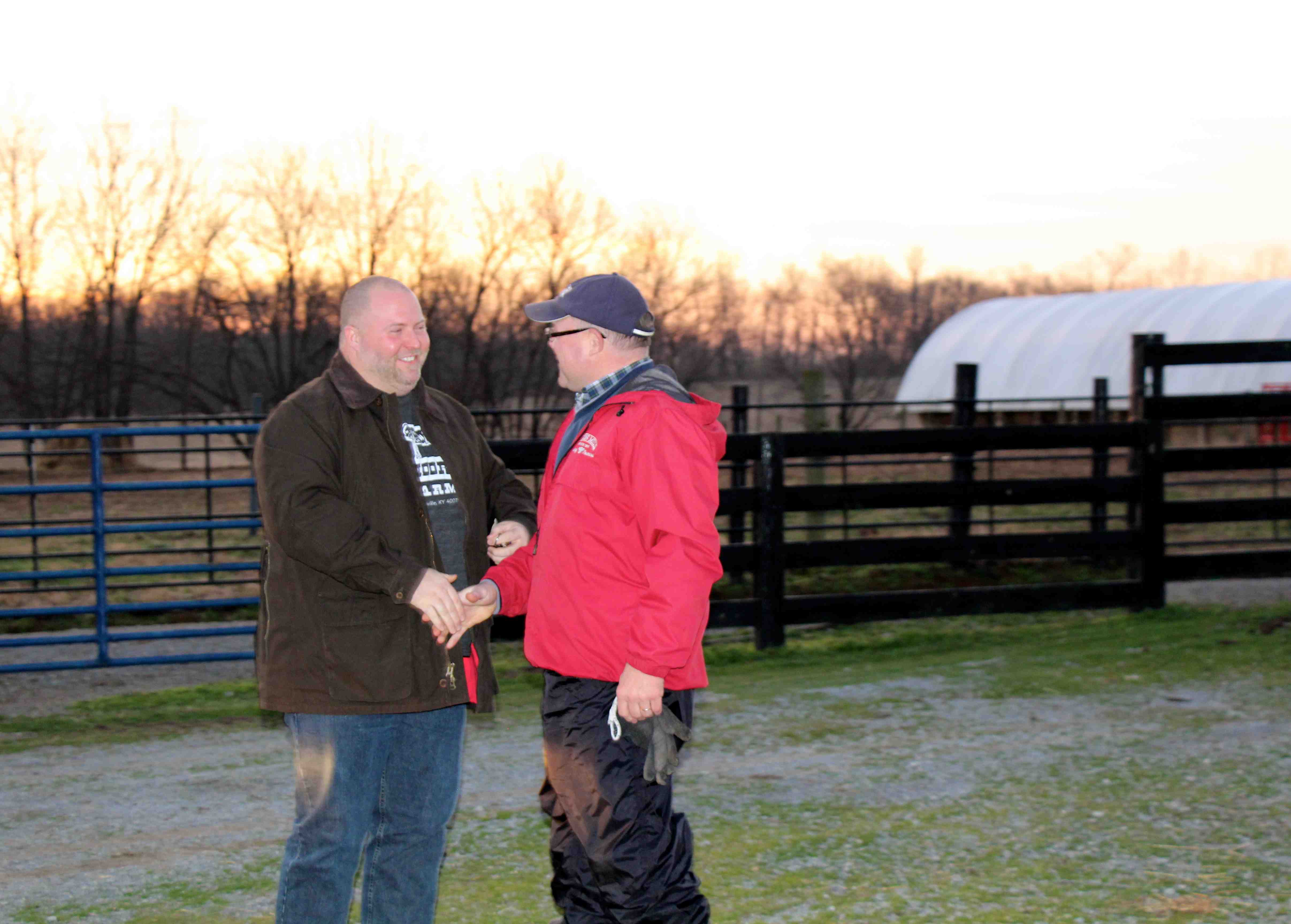
Ranchers, chefs – one group’s days are usually ending when the other’s are just getting started, but they share more than they sometimes realize. Long hours, the unknown, generations of tradition and an appreciation for quality – they’re on the same team.
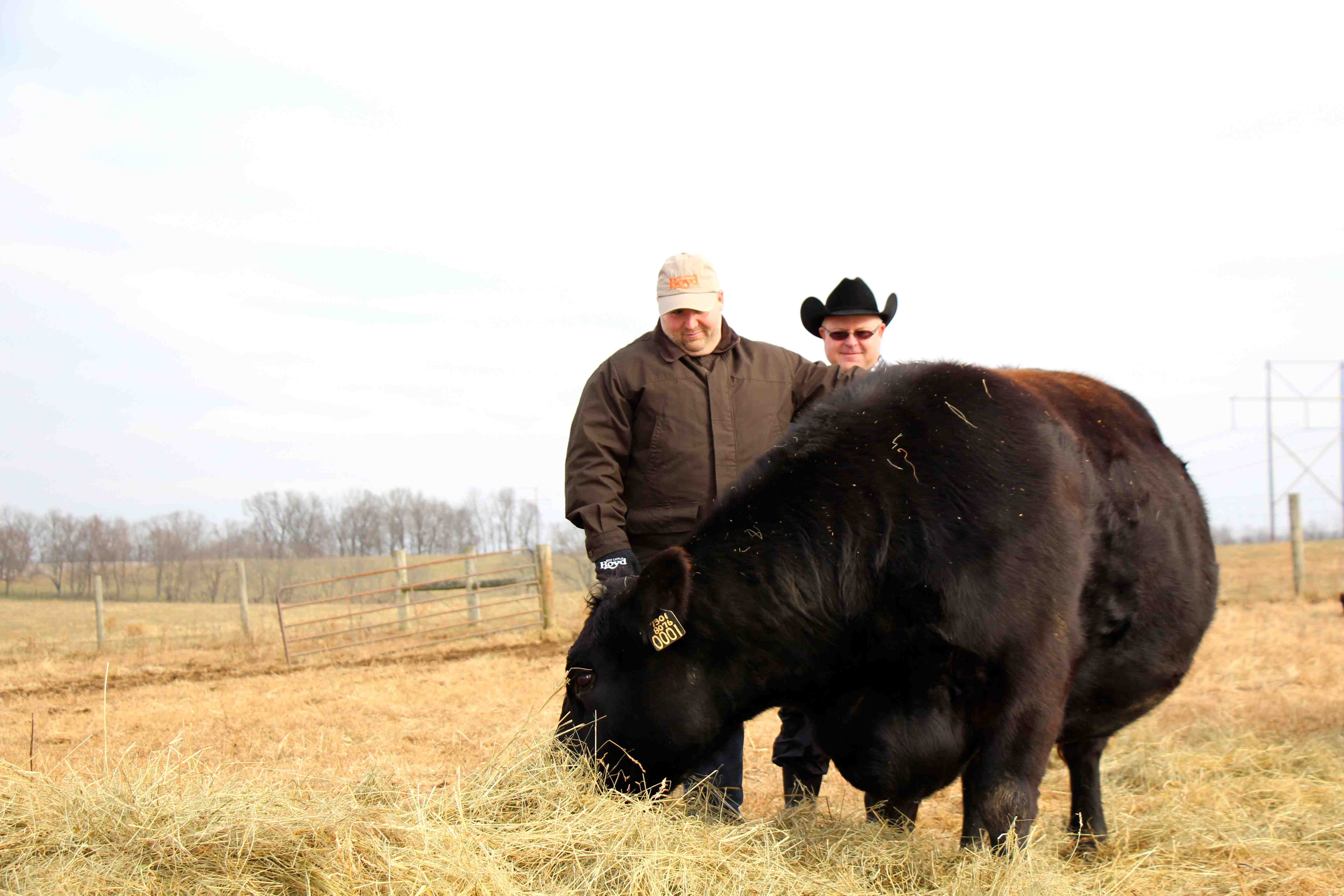
“It’s a trickle-down effect,” Charlie says, “that starts with the producer, then the brand and then you. Everybody’s tied together and if somebody breaks the link, it’s not good for anybody else. I truly believe that.”
So does Josh.
The Louisville chef spends six days a week at the helm of his fine-dining restaurant where he fields questions about how safe his beef is and where it was raised.
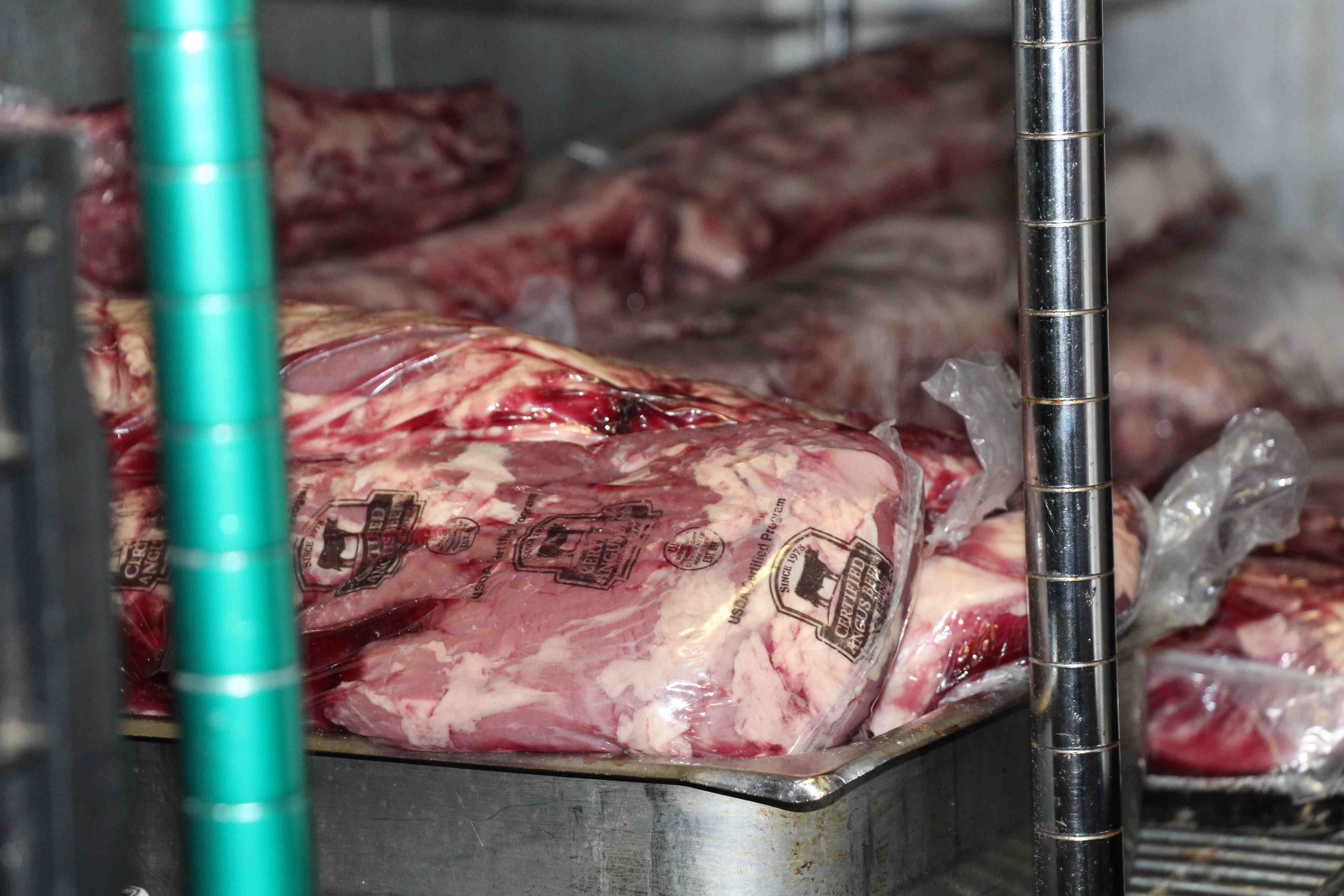
“From a chef and owner standpoint, having more knowledge for my guests, to have these experiences and stories, it’s priceless,” he says.
“There’s a gap between our segments and we need to do a better job communicating our story,” Charlie shares.
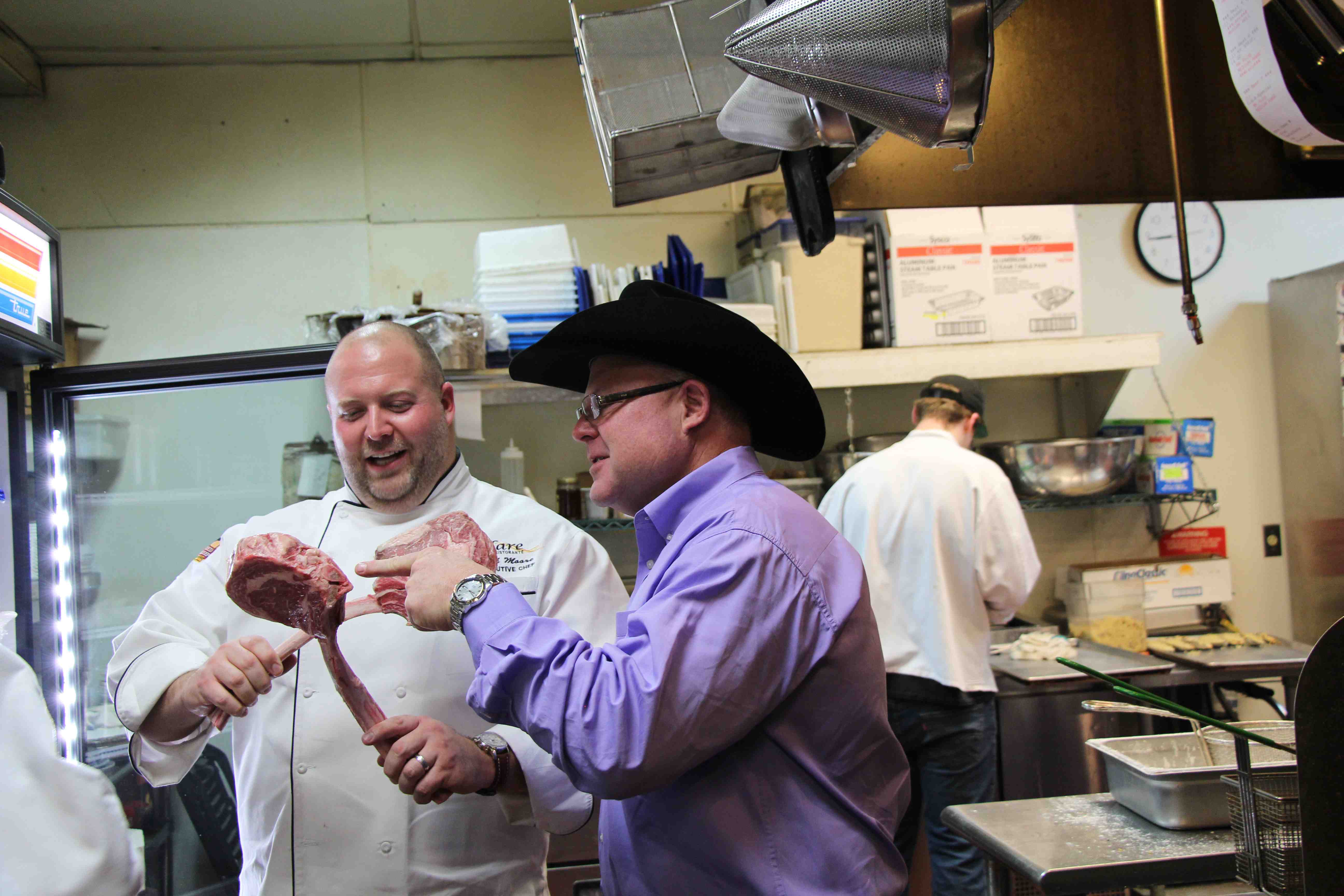
So the two traded places.
Be sure to check back in tomorrow to hear about Josh’s chores on the farm and how Charlie did serving guests at the restaurant.
Thanks for allowing me to tell your story,
Laura
PS – If you liked this Trading Places story, here’s another series on a North Dakota restaurateur, rancher and chefs.
You may also like
Success, Despite Challenges
Today’s market is complex and competitive. The collective effort of stakeholders across the supply chain positions Certified Angus Beef to meet the record demand for premium beef moving forward. Signals across the beef industry are clear and Angus farmers and ranchers seeking high-quality genetics that deliver premium beef are producing a product in high demand.
Keep the Supply Coming
A record-high 800 registrants from 17 countries gathered in Austin, Texas, to learn more about CAB, become inspired by the culinary work of chefs and pitmasters, and celebrate sales and production success. But at the forefront: supply and demand, a reflection of the chaotic past year, and preparing for what’s ahead.
Consumer Demand, Power of Quality
Demand for high-quality beef persists. But with that demand comes challenges. From tight cattle supplies to higher costs and increasing pressure on retailers to deliver a consistent eating experience, the pressure is on. David O’Diam, CAB VP of retail, addressed the current retail beef environment, highlighting both opportunities and challenges in today’s marketplace.

